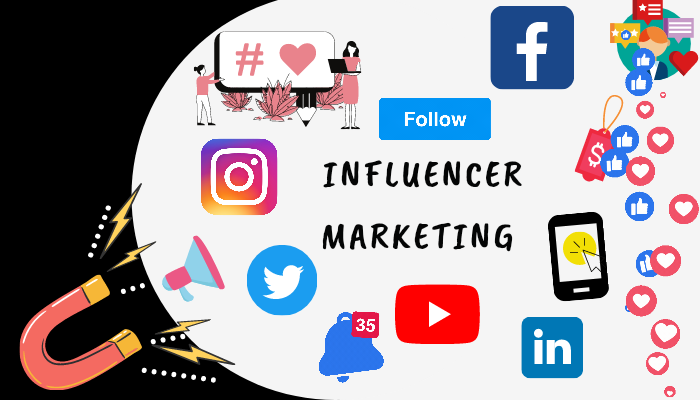In today’s digital age, content marketing has become a cornerstone for businesses aiming to engage audiences and build brand loyalty. However, with the sheer volume of content available online, standing out can be a challenge. Enter User-Generated Content (UGC) and authentic user stories—powerful tools that can breathe life into your content strategy. UGC not only reduces the burden on brands to constantly create new content but also fosters trust and credibility. In this article, we’ll explore how integrating UGC and authentic user stories can elevate your content strategy and drive meaningful results.
What is User-Generated Content (UGC)?
User-Generated Content (UGC) refers to any content created and shared by individuals, rather than brands. This can include social media posts, reviews, testimonials, videos, blog comments, and more. UGC is inherently authentic because it comes from real people who have experienced a product, service, or brand. Unlike branded content, which can sometimes feel overly polished or sales-driven, UGC feels raw, genuine, and relatable. For businesses, leveraging UGC is a smart way to showcase their offerings from the perspective of their customers, creating a sense of social proof.
Why UGC Matters in Modern Marketing
In an era where consumers are bombarded with advertisements, UGC stands out as a trusted and organic form of marketing. Studies show that 85% of consumers trust UGC more than content created by brands themselves. This is because UGC is seen as unbiased and truthful, offering a real-world perspective that resonates deeply with potential customers. Additionally, UGC is cost-effective. By repurposing content created by users, brands can reduce their content creation costs while maintaining a steady flow of fresh, engaging material.

The Power of Authentic User Stories
Authentic user stories take UGC to the next level by sharing detailed, personal experiences that highlight how a brand has impacted someone’s life. These stories often go beyond a simple review or testimonial, providing a narrative that others can connect with on an emotional level. For example, a customer sharing how a fitness program helped them achieve their weight-loss goals creates a compelling story that inspires others to take action. When brands amplify these stories, they create a sense of community and shared experience, which strengthens customer relationships and loyalty.
How to Incorporate UGC into Your Content Strategy
Integrating UGC into your content strategy doesn’t have to be complicated. Start by encouraging your customers to share their experiences with your brand on social media or through email campaigns. Offer incentives, such as discounts or shoutouts, to motivate participation. Once you have a collection of UGC, you can repurpose it across various platforms, such as embedding customer reviews on your website, featuring user photos on Instagram, or creating video testimonials. Tools like social media listening and content curation platforms can also help streamline the process of discovering and managing UGC.
Building Trust Through User Stories
One of the most significant benefits of UGC and authentic user stories is their ability to build trust with your audience. In a world where misinformation is rampant, consumers are looking for reliable sources of information to guide their purchasing decisions. UGC provides this reliability because it comes from people who have no vested interest in promoting a brand—other than sharing their genuine experiences. By showcasing these stories, brands demonstrate transparency and a willingness to let their customers speak for them, which fosters a sense of credibility and trustworthiness.
Overcoming Challenges in UGC Implementation
While UGC is a valuable resource, there are challenges to consider when implementing it into your content strategy. For instance, not all UGC may align with your brand’s tone or values, requiring careful curation. Additionally, legal considerations, such as obtaining permission to use someone’s content, are important to navigate. To address these issues, establish clear guidelines for UGC usage and invest in moderation tools to ensure that only high-quality, brand-appropriate content is shared. By taking these steps, you can mitigate risks while maximizing the benefits of UGC.
The Future of UGC and Authentic User Stories
As technology continues to evolve, so too will the ways in which UGC and authentic user stories are created and shared. Emerging platforms, such as TikTok and YouTube Shorts, are already changing how users engage with and share content. Additionally, the rise of AI and augmented reality (AR) could open up new possibilities for UGC, such as interactive testimonials or virtual product demonstrations. Whatever the future holds, one thing is certain: UGC will remain a cornerstone of effective content strategies, offering a way to connect with audiences in a real, relatable, and impactful way.
Conclusion
Incorporating UGC and authentic user stories into your content strategy is more than just a trend—it’s a smart, sustainable way to engage your audience and build lasting trust. By leveraging the voices of your customers, you can create content that feels authentic, relatable, and uniquely compelling. Whether you’re a small business or a global brand, UGC offers a powerful way to stand out in a crowded marketplace and drive real results. So, embrace the power of your customers’ stories and watch your content strategy thrive.





